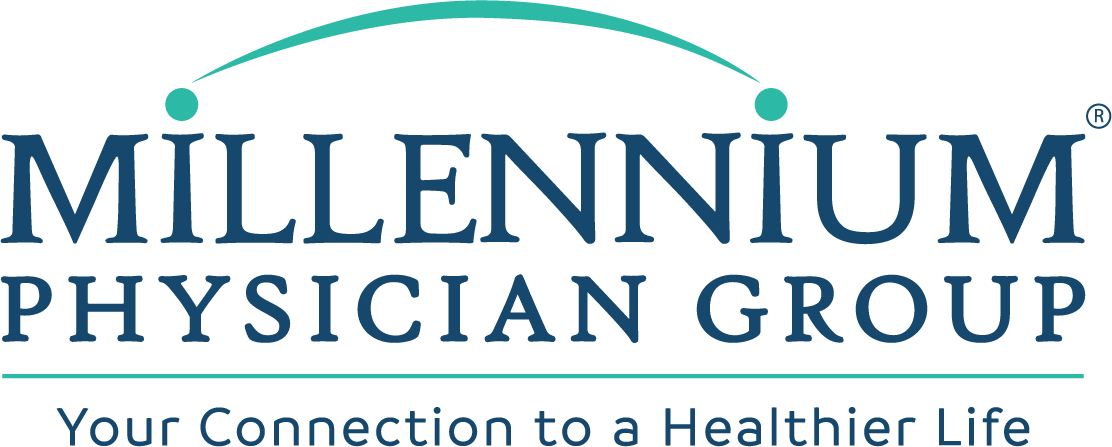With age comes wisdom, but also some aches and pains. If you’re having back or joint pain, your primary-care provider might refer you to a sports medicine physician for non-surgical options. Sports Medicine Physician Reginald Pinder II, D.O., explains why sports medicine isn’t just for athletes.
“It has aspects of family medicine, emergency medicine, orthopedics, as well as physical medicine and rehabilitation,” he says. “What we do is really provide non-operative orthopedic care for all of our patients.”
More and more patients are seeking non-surgical options for their more serious aches and pains.
“Non-operative orthopedics revolves around taking care of those same musculoskeletal injuries, so pain involving muscles, tendons, ligaments, and bones, but without doing any sort of a surgical approach,” explains Dr. Pinder.
For patients who might not be ready to consider surgery, or for those who aren’t surgical candidates, non-operative options are available to help alleviate pain, improve functioning, and enjoy a better quality of life.
“The non-operative treatments are very successful,” says Dr. Pinder. “Of course, it depends upon exactly what dysfunction is present, but in terms of doing osteopathic medicine, targeted physical therapy, or a home exercise program, ultrasound-guided injections, there is level one evidence to prove the efficacy versus going to surgery in some instances.”
In fact, according to findings by the British Medical Association, for six of the 10 most common elective orthopedic procedures, evidence showed no benefit of surgery over nonoperative care.
“The benefits of doing the non-operative approach is that you’re going to have a faster recovery,” explains Dr. Pinder.” It’s going to differ depending upon exactly what’s going on, but we’ll still be able to get you back out there running, still be able to get back out to doing those activities of daily living that you enjoy, faster than if you were to have a surgical treatment.”

 Your Safety is our Priority! Masks May Be Required at Millennium Offices.
Your Safety is our Priority! Masks May Be Required at Millennium Offices. 